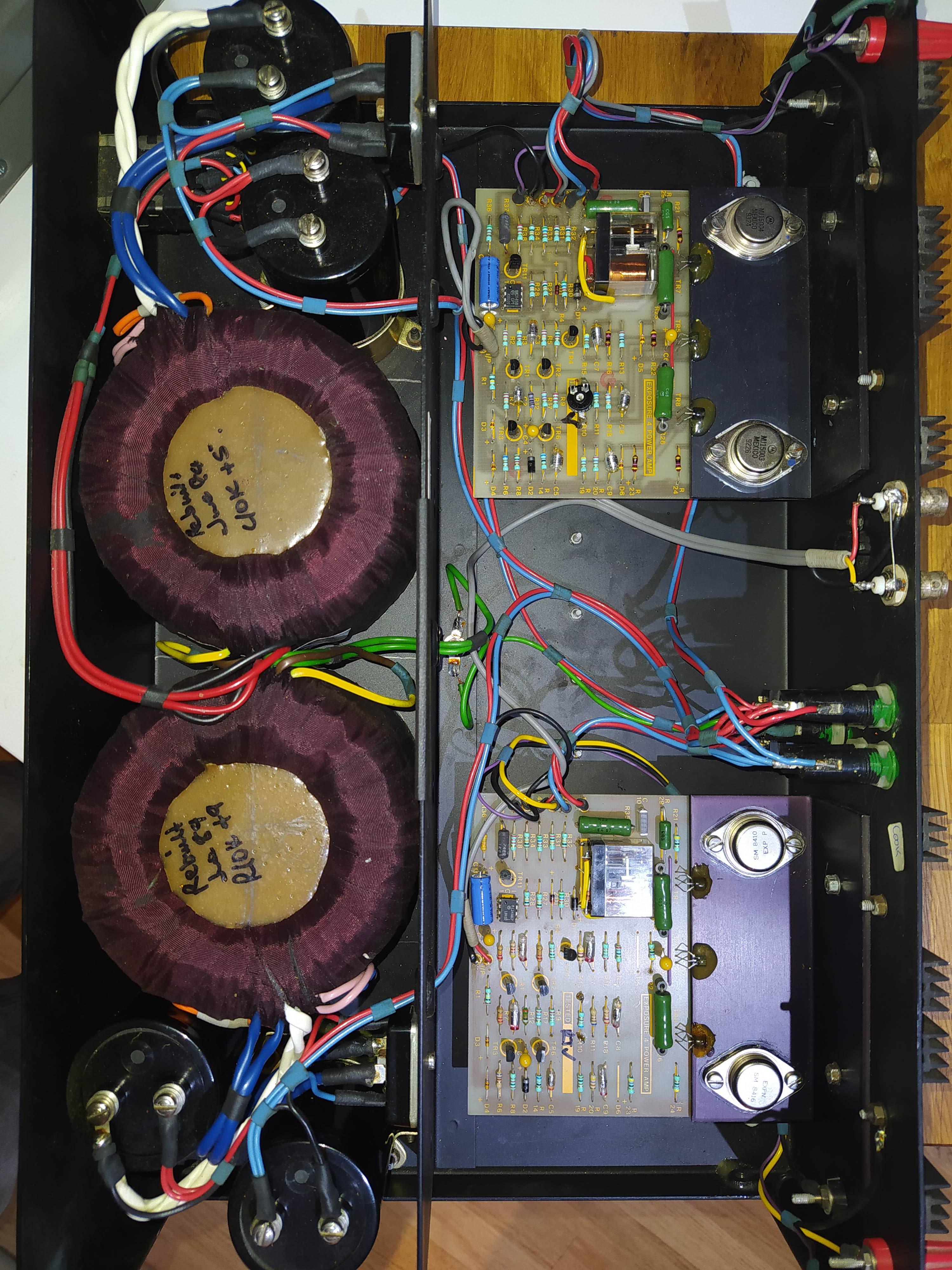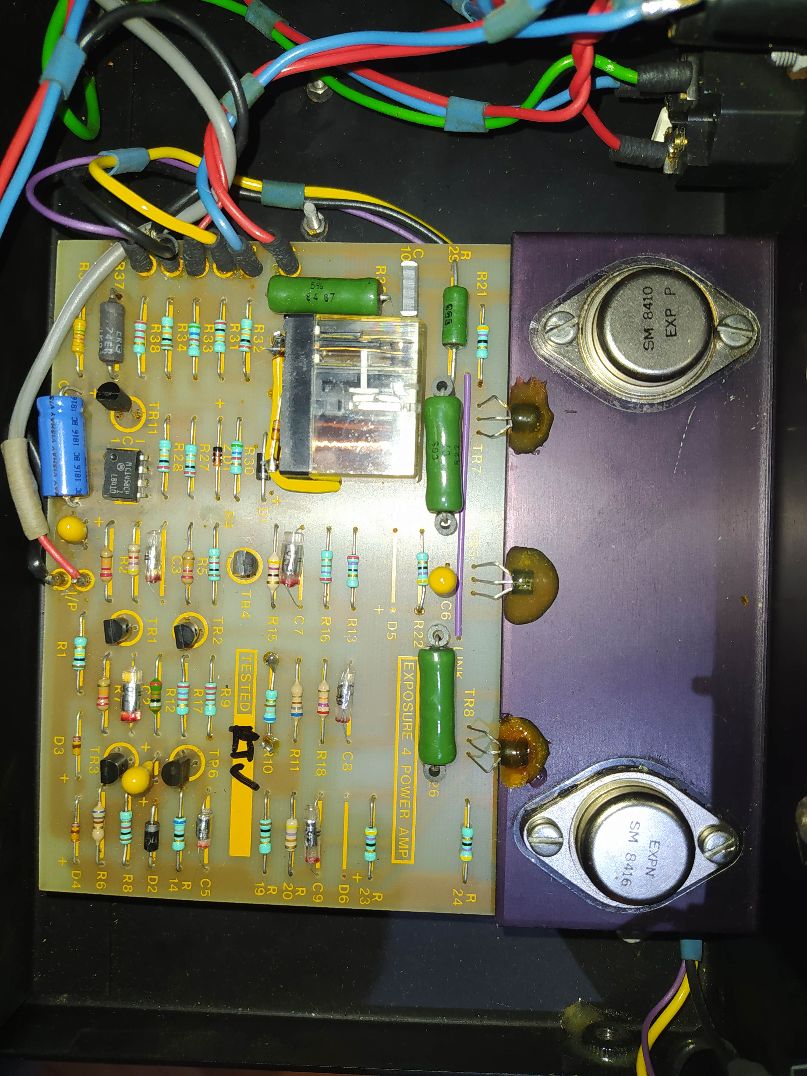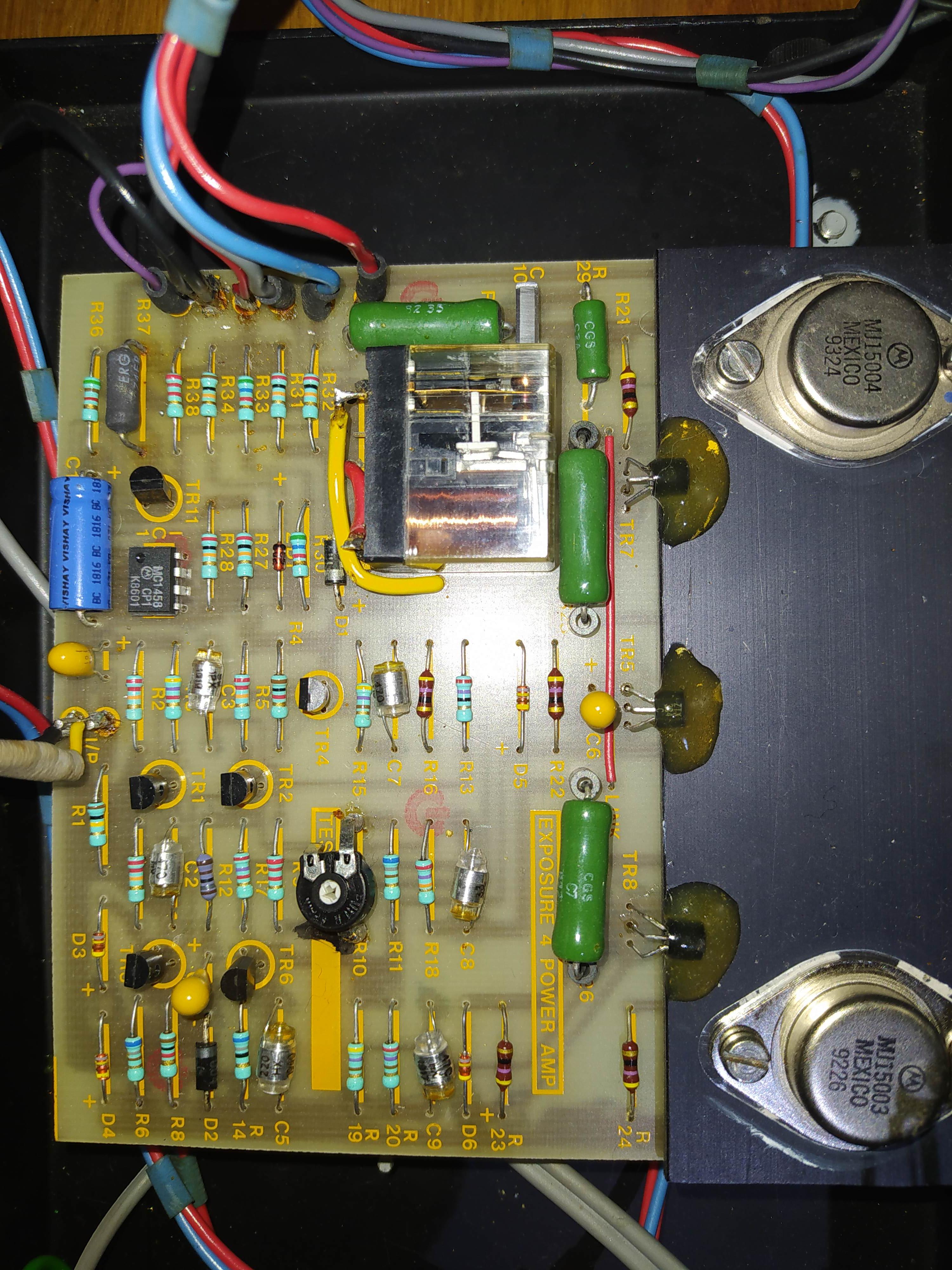Tonewheelkev
...I can dream!!
Picked up this huge beast...which apparently is blowing fuses.
Hoping to find any relevant Circuit diagrams that might be 'out there'.....please!!
Grateful for any information.....
Hoping to find any relevant Circuit diagrams that might be 'out there'.....please!!
Grateful for any information.....






